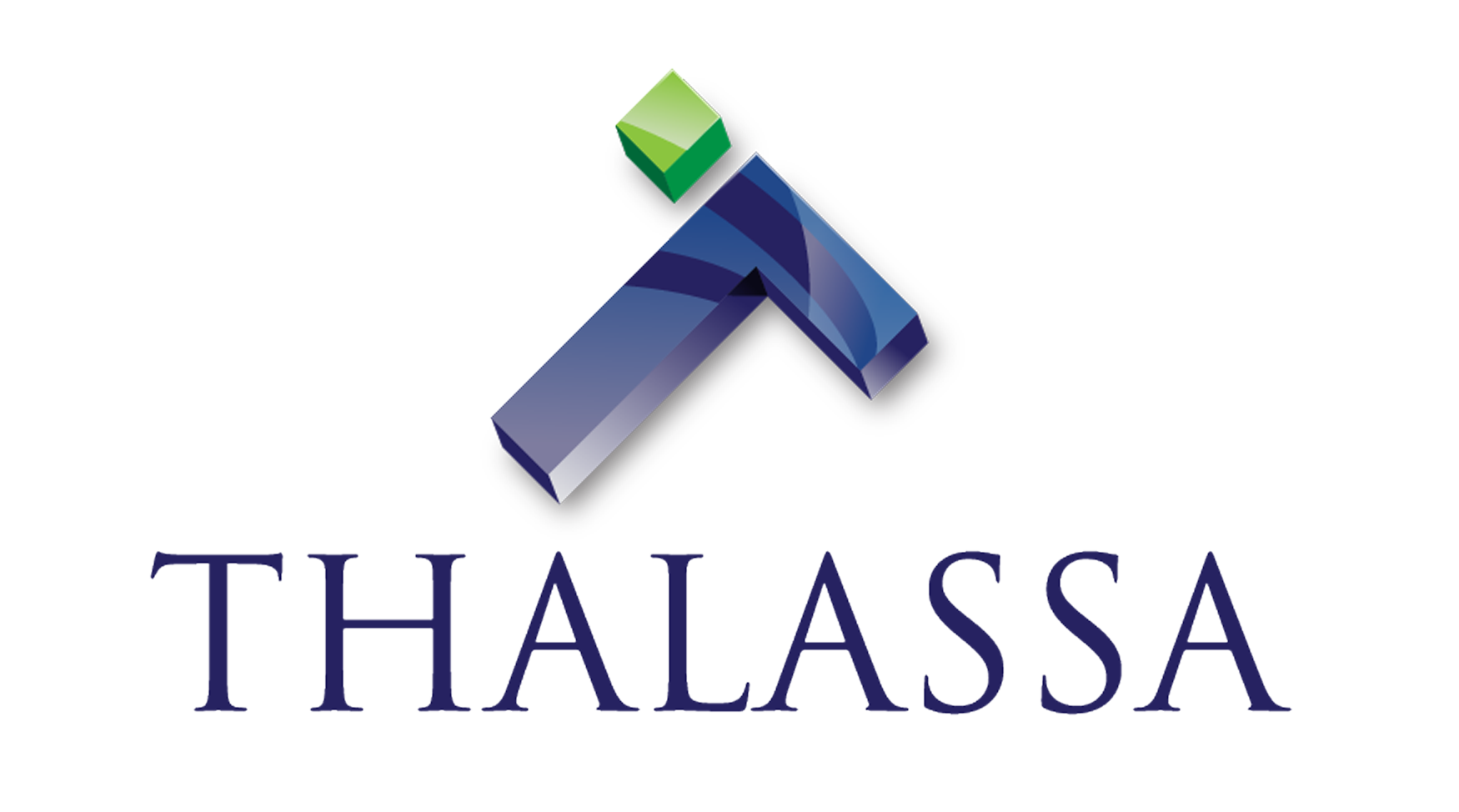Investment Implications: Why Bonds Should Be Your Focus Right Now
Markets are probably looking too optimistic. The recent rally in U.S. equities—and in global
markets overall—has all the hallmarks of a high-risk environment. Equity valuations, especially
in tech, are at historic highs, U.S. deficits are ballooning, and the threat of escalating geopolitical
tensions looms. It’s a precarious cocktail which may be changing the risk-reward profile of
traditional allocations. The rally in equities may continue for a while, but the risks are skewed to
the downside, with little buffer for error.
In comparison, bonds are looking increasingly attractive. Right now, yields on high-quality bonds
are compelling when set against the historically high levels of equity valuations. As of January
10, 2025, the Bloomberg U.S. Aggregate Index yielded 5.10%. These starting yields have a
historical track record of predicting positive returns over the next five years. To keep equity
markets running, valuations will need to remain far above long-term trends. Bonds, on the other
hand, just need to hold to historical norms.
Beyond just starting yields, bonds offer the potential for capital gains, especially if
macroeconomic conditions worsen. The historical data seems clear. When U.S. core bonds
yield 5% or more like earlier in the month, and equities are priced to perfection with high
earnings ratios (30x or more), bonds have generally outperformed equities over the subsequent
five years—and with lower volatility. This dynamic suggests bonds not only provide income but
also a potential safer path forward (Source: Pimco).
But what could go wrong with this thesis? Widening deficits and another bout of inflation may
derail these forecasts and put bonds once again on the backfoot.
The Rates Picture: Central Bank Policies and the Yield Curve
Global markets are pricing in central bank rate cuts. In particular, outside the U.S., aggressive
U.S. trade policies could lead to weaker global growth, pushing down commodity prices and
potentially forcing further rate cuts. In the U.S., the Fed’s cautious stance means a longer-than-
expected pause in its rate-cutting cycle as demonstrated this week by the FOMC’s decision to
keep rates unchanged. Yet, intermediate-term yields still look attractive, especially when
compared to Pimco’s expected long-term neutral real rate of 0%-1%.
As we think about the yield curve, we see a growing case for focusing on intermediate
duration—particularly in the wake of recent yield rises. Longer-term, we expect a steepening of
the yield curve, driven by central bank easing and a rising term premium, as sovereign debt
concerns weigh on the market. However, in the near term, cyclical flattening of the U.S. curve is
possible, especially if inflationary pressures persist and the deficit situation marginally improves.
Given these conditions, Treasuries in the 5-to-10-year maturity range seem attractive. TIPS also
remain a fairly priced hedge against inflation.
Conclusion: Why Bonds Are the Smarter Play Right Now
While some investors may still be tempted by equities, the risks there are mounting—and with
little room for error. Bonds, on the other hand, offer a much more compelling risk-reward profile.
In the current environment, they present an opportunity for solid returns and diversification. As
the market faces growing uncertainty, fixed income stands as a resilient pillar of any well-
rounded investment strategy.

